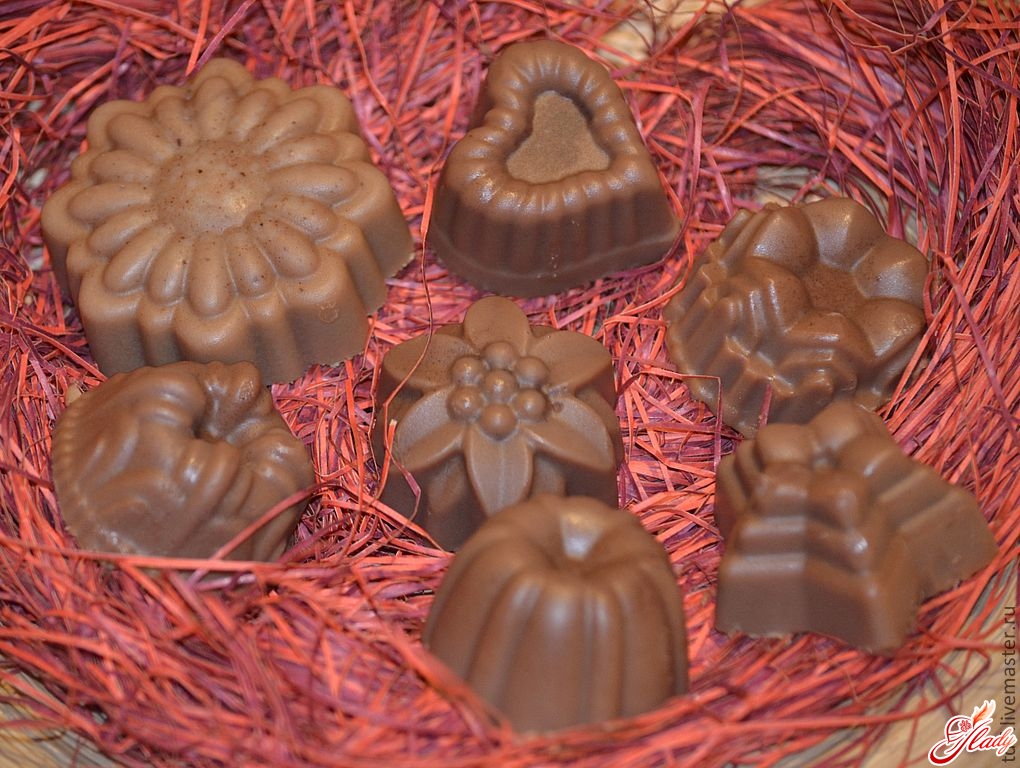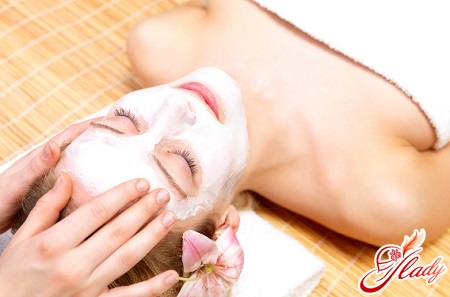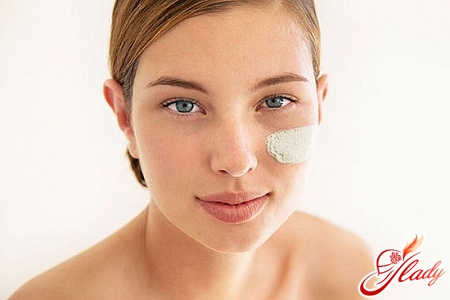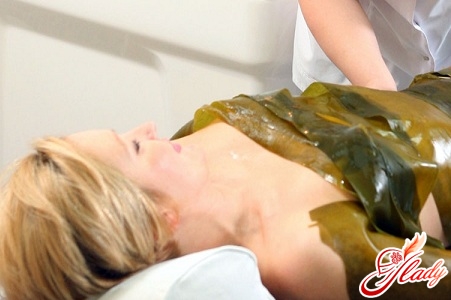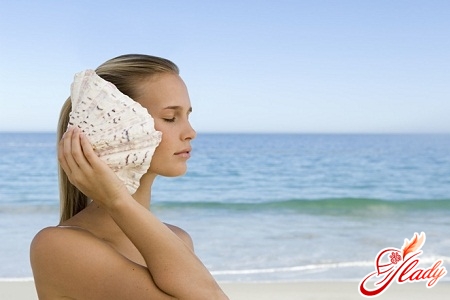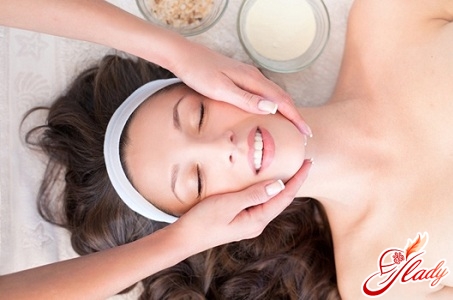 At first glance, facial massage seems simplea pleasant addition to the procedures for skin care. Great importance is always given to cosmetic products, not massage. And absolutely in vain! Among all types of skin care and various procedures, facial massage occupies an important place, it is very necessary for our skin. Facial massage performs many useful functions:
At first glance, facial massage seems simplea pleasant addition to the procedures for skin care. Great importance is always given to cosmetic products, not massage. And absolutely in vain! Among all types of skin care and various procedures, facial massage occupies an important place, it is very necessary for our skin. Facial massage performs many useful functions:
- improves blood circulation (prevents blood congestion);
- activates lymphatic drainage (removes excess water and removes puffiness);
- normalizes and slightly speeds up the metabolism;
- opens the pores and helps the skin to breathe;
- strengthens muscle tissue and skin;
- leads the skin into a tone, makes it more elastic.
Depending on the type of skin, the cosmetologist picks upspecial means for massage. It can be an antiseptic powder for oily skin or a special massage oil for dry. Massage can also have several different types. Here are the most common ones.
- Classic face massage
This is the most common traditional type of massage, we'll look at it in more detail below.
- Lymphatic drainage
Can be performed manually or with the help ofspecial apparatus. Regulates the outflow of lymph (fluid) and improves blood flow through the vessels, stimulates metabolic processes and improves skin tone. The effect of such a massage is rejuvenating.
- Plucked (Jacquet massage)
A rather complicated technique performed by rhythmictingle the thumb and forefinger. It affects the deep layers of the skin, makes metabolism more active and provides healing of micro-traumas. Recommended for use after hygienic face cleaning.
- Plastic
Recommended for fading skin and fatsediments on the face. It is carried out by strong and vigorous pressing movements. Aligns the contour of the face, rejuvenates the skin, accelerates the movement of blood along the vessels, slightly expanding them. 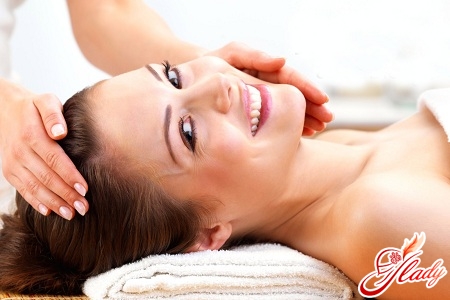
Classic facial massage - features
As already mentioned above, a classic massage -the most common traditional massage technique, the so-called classics of the genre. Depending on the intensity, massage can have a relaxing effect or, on the contrary, tonic. Such massage is directed, first of all, to skin rejuvenation. Classical massage performs the following functions:
- improves blood circulation;
- prevents wrinkles;
- improves skin tone;
- provides the flow of oxygen to the muscles of the face;
- relieves muscle tension;
- removes puffiness.
The therapeutic effect of the classical procedureMassage will be based on the following actions. Firstly, it is an exfoliating effect, as well as an improvement in blood circulation in the vessels of the facial skin. The outflow of fluid will remove puffiness. The metabolism and the regeneration of skin cells are accelerated. Indications for the procedure of classical massage will be:
- loss of skin tone;
- withering of the skin;
- dehydration of the skin;
- age wrinkles;
- excessive tension of facial muscles;
- uneven color of the face, etc.
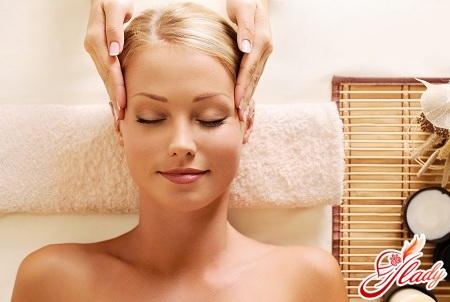
Technique of classical massage
Classical facial massage involves performingseveral different techniques. This is stroking and rubbing, kneading and vibration. During the massage, blood is dispersed through the blood vessels, and the muscles warm up and become more plastic. Skin and muscle fibers become softer and supple. Fibrous tissue thinens, and the elasticity of the fibers increases. The ability of the muscles to stretch increases, it becomes possible to model the face oval. Stroking the face and rubbing it is provided by movements on the main massage lines:
- from the center of the chin on both sides along the jawbone to the ear (its lower part);
- from the corners of the mouth and the wings of the nose to the ear (its lower part);
- from the sides of the nose to the temporal zone;
- in the upper eyelid - from the inner to the outer corner of the eye;
- in the lower eyelid - from the outer to the inner corner of the eye;
- from the nose bridge between the eyebrows along the nose to the wings, from the protruding part of the nose to the cheeks;
- from the center of the forehead along the line of eyebrows to the temporal zones.
Before a massage, one should cleanse the face fromremnants of cosmetics, the hands of the masseuse must also be clean. Place your thumbs on the bridge of the nose between the eyebrows. Slightly pressing, evenly move along the cheeks until the jaw itself. This technique will help drain the blood from the facial veins and prepare the skin for massage. Apply talcum powder or powder, massage cream or oil and evenly distribute it all over the face. Touching the skin should be gliding and light, without rubbing and stretching the skin.
- Forehead massage
- Massage of cheeks
With your thumbs, rest in the chin or jawbone, and with the pads of the working fingers, carry out strokes towards the ears through the cheek bone.
- Chin massage
Carry strokes from the center of the chin toears (6-8 times). Tilt your head slightly back, stretching your face and chin forward. Run the pads of working fingers around the neck from top to bottom. This method is very effective for smoothing the first wrinkles that appear.
- Nasal Massage
With the working fingers of both hands (in turn), follow strokes along the back of the nose from its tip up to the bridge of the nose between the eyebrows. Repeat the movements 6-8 times.
- Massage of lids
Attach a finger of one hand to the outer cornerclosed eyes. With the middle finger of the other hand, make circular motions: in the upper eyelid from the inner to the outer corner of the eye, and in the lower eyelid - on the contrary. Repeat the movements 10 times for each eye. After the massage has been completed, remove all the remnants of the massage with a wet swab. The blood in the face skin is now particularly well circulating, so it will be very useful to apply a nourishing or deep moisturizing mask. On warmed and prepared skin, it will give the maximum effect. Classical massage is especially good and effective at an age when the skin begins to fade. That network at the first signs of aging: lethargy and flabbiness, dryness and flaking, manifestations of wrinkles. If you regularly do it in youth, you can delay these annoying manifestations for a long time.
Contraindications to the procedure of classical massage
It would seem that massage can be done at any age and with any skin condition. However, there are a number of cases where any massage, even the traditional classic is categorically contraindicated.
- Breach of skin integrity
When the skin has injuries, cracks, scratches, rashes, etc.
- Acne and ulcers
When the skin has rashes, internal and external acne, abscesses.
- Diseases
When there are eruptions, for example, allergic, from dermatitis, herpes, etc. And also for any acute viral infection of the whole organism.
- Low pressure
When the patient has a sudden and sudden decrease in intracranial pressure.
- Couperose
When the patient is experiencing active manifestations of couperose - vascular asterisks and meshes from the dilated vessels on the face. We advise you to read:




